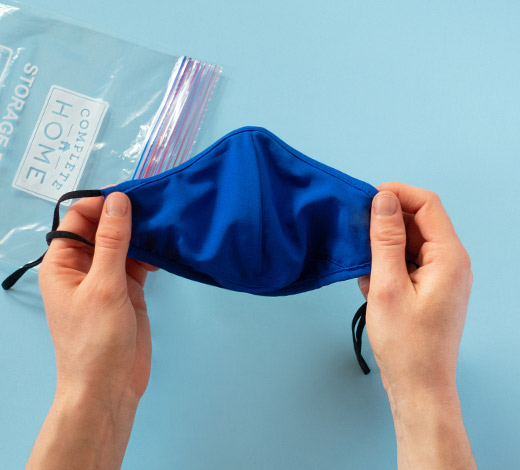
Allergies affect approximately 23.6 million people each year. Fall allergies are commonly caused by ragweed or mold compared with spring allergies which are caused by tree pollen. Seventy-five percent of allergy sufferers are allergic to both tree pollen and ragweed.
Ragweed blooms from August – November and can produce up to 1 billion grains of pollen per plant. Mold has plenty opportunities to thrive in piles of damp leaves. Children starting school may experience allergies from class pets, chalk dust or food allergies. Both children and adults can be affected by allergy symptoms which include a runny nose, sneezing, congestion, itchy eyes and a scratchy throat.
What can you do to combat fall allergies?
Factors affecting the severity of fall allergies include exposure to specific types of weed pollens, the amount of pollen in the air, and the level of hypersensitivity you have.
Here are some strategies to make it through the allergy season.
- When at home, keep the windows shut to the pollen out and the air conditioning on using HEPA filters to decrease moisture in the air and prevent mold growth. Before turning on heating systems in the fall, have ducts cleaned and new filters applied.
- A shower and fresh clothes especially before going to bed at night helps to get rid of pollen on skin after being outside.
- Use a NIOSH rated N95 filter mask when doing yardwork such as mowing, raking leaves, or working in the garden. Consider having another family member or hire someone to do the yardwork for you.
- Do not hang clothes outside to dry where pollen can adhere.
- Some foods such as bananas, melons, and zucchini have similar plant makeup to ragweed and should be avoided due to potential allergic effects.
What are the treatment options?
In addition to the strategies listed above, medication may be needed. Remember to treat allergies early before symptoms get out of control and continue on several weeks after the first frost.
- Antihistamines treating mild symptoms can be found over-the-counter, such as Zyrtec or Claritin.
- Decongestants can be used for further complications including congestion in addition to the itchy eyes and sneezing. Avoid using if you have high blood pressure.
- Chronic allergic symptoms may be reduced or relieved by steroid nasal sprays such as Flonase or Nasonex.
If allergies are moderate to severe, get allergy tested by an allergist. Allergy shots can be helpful as well as getting a flu shot. When nasal inflammation and congestion persist, a sinus infection can develop in which case an antibiotic may be prescribed.
People with fall allergies should prepare in advance of the season by talking to their doctor about a treatment plan.
By Jean Cherry RN, MBA
Sources
American College of Asthma, Allergy and Immunology. http://acaai.org/news/make-peace-fall
Allergy and Asthma Foundation of America.
MacMath, J. Fall Allergy Outlook. (September 14, 2015) http://www.accuweather.com/en/weather-news/fall-allergy-outlook-object-windowed-ragweed-season-northeast/52301346


